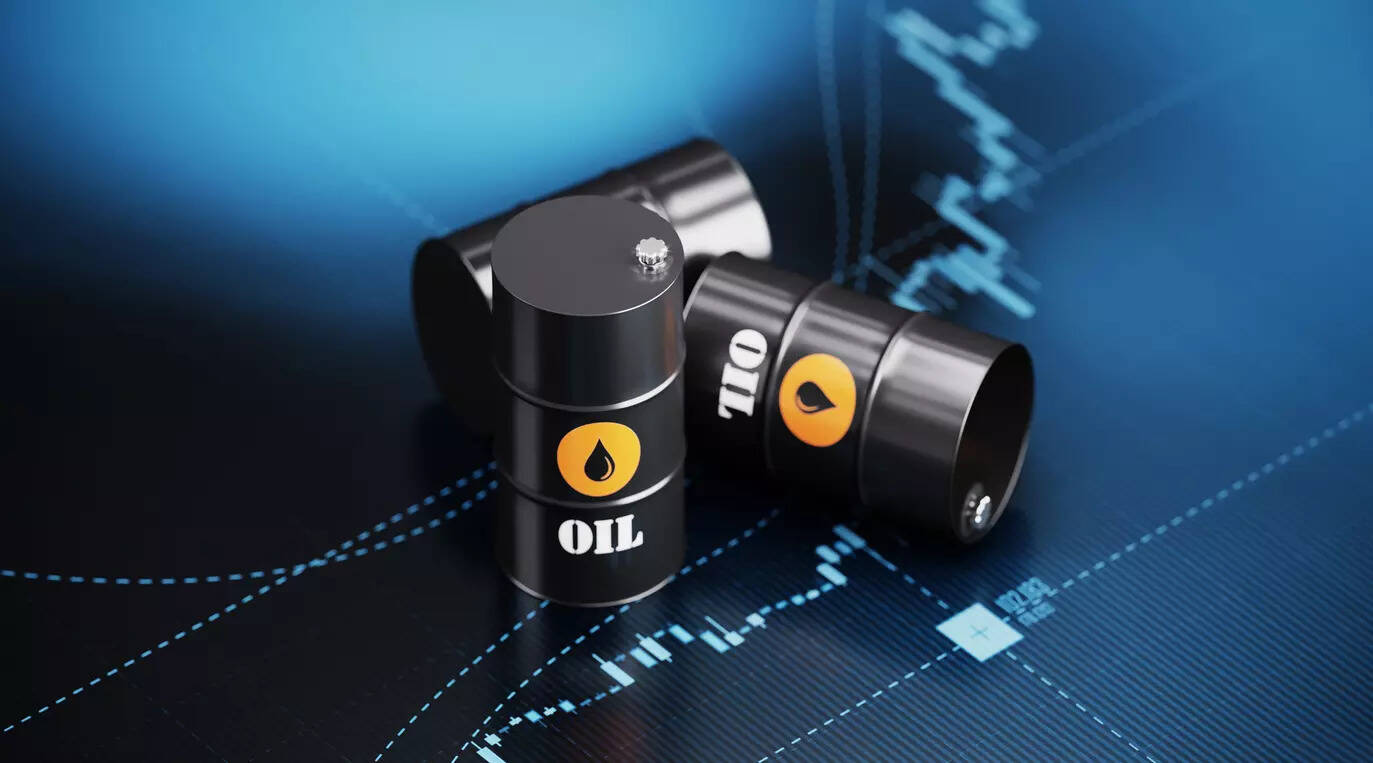
Oil prices steadied on Tuesday, regaining ground after early losses, as traders weighed the impact of Western sanctions on Russian oil flows against an expected supply surplus next year.
Brent crude was up 12 cents, or 0.2 per cent, at $64.32 a barrel by 1330 GMT. US West Texas Intermediate (WTI) crude gained 14 cents, or 0.2 per cent, to $60.05.
“Traders weighed the impact of a growing global surplus against US sanctions that are disrupting Russian crude flows,” said MUFG analyst Soojin Kim.
Both benchmarks were trading about 1 per cent down earlier in the session.
The US Treasury said sanctions imposed in October on Rosneft and Lukoil are already squeezing Moscow’s oil revenue and are expected to curb Russian export volumes over time.
A senior White House official said that US President Donald Trump is willing to sign Russia sanctions legislation as long as he retains final authority over its implementation.
Trump said on Sunday that Republicans are drafting a bill to impose sanctions on any country doing business with Russia, adding that Iran could also be included.
Meanwhile, Russia’s Novorossiysk port resumed oil loadings on Sunday after a two-day suspension triggered by a Ukrainian missile and drone attack, according to two industry sources and data compiled by LSEG.
Exports from Novorossiysk and a nearby Caspian Pipeline Consortium terminal, together representing about 2.2 million barrels per day, or roughly 2 per cent of global supply, were halted on Friday, pushing crude prices up more than 2 per cent that day.
Oil prices are expected to decline through 2026, Goldman Sachs said on Monday, citing a supply wave that keeps the market in surplus. However, it noted that Brent could rise above $70 a barrel in 2026/2027 if Russian output falls more sharply.


